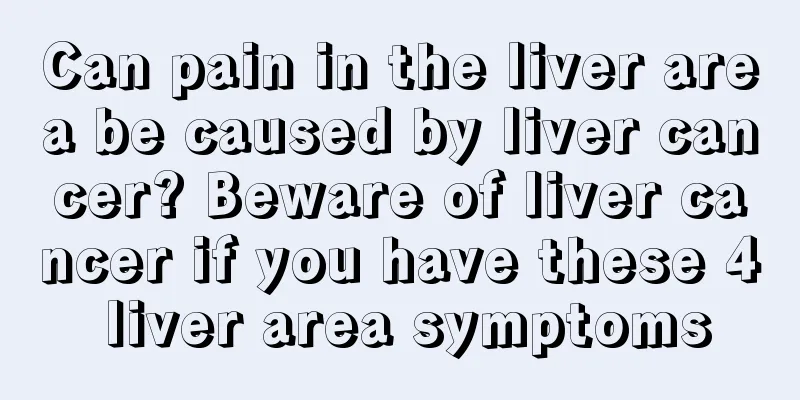What is the reason for high crystallinity in urine routine examination

|
There are many reasons for high crystallization in routine urine tests, including physiological and pathological reasons. We naturally do not need to worry too much about physiological reasons, but we must also consider whether they are caused by disease factors, such as bilirubin crystallization or paraffin crystallization, and leucine crystallization. These crystallization phenomena are pathological reasons and patients need to pay attention to them. 1. Bilirubin crystals are bundles of needle-shaped or small pieces of orange-red crystals, which can be phagocytosed by white blood cells and exist in the body. When oxidized, they can present amorphous pigment particles. After adding nitric acid, they are oxidized into biliverdin and can be dissolved in sodium hydroxide or chloroform. 2. Cystine crystals are colorless, hexagonal, thin flake crystals with clear edges and strong refractive index. It comes from the breakdown of protein and is rarely found in urine sediment. It is insoluble in acetic acid but soluble in hydrochloric acid. It can be quickly dissolved in ammonia water and can reappear by adding acetic acid. Cystine test can be seen blue or green reaction. 3. Leucine crystals are the decomposition products of urinary leucine protein and are seen in diseases with massive tissue necrosis. Leucine crystals are light yellow or brown spherical. It has dense radial stripes, strong refractive index, insoluble in hydrochloric acid but soluble in acetic acid, blue reaction in leucine experiment, and no reduction when heated 4. Tyrosine crystals Tyrosine crystals appear in urine as a product of protein decomposition and are seen in diseases with massive tissue necrosis. Tyrosine crystals are slightly black needle-shaped, in bundles or feathers, soluble in ammonium hydroxide but insoluble in acetic acid, and the tyrosine test gives a green positive reaction. 5. Cholesterol crystals: They are rectangular or square with missing corners, colorless and transparent, often float on the surface of urine, and are soluble in chloroform and ether. 6. Hemosiderin granules: small yellow or brown granules, scattered in or present in renal tubular epithelial cells. They can be used for identification by Prussian blue reaction, and a positive reaction appears blue. When a large number of red blood cells in the body are destroyed, hemosiderin is deposited in various tissues. When deposited in the kidneys, part of it is excreted directly in the urine, and part of it is reabsorbed by the renal tubular epithelial cells and shed with the epithelium. |
<<: Is occult blood in urine routine test 20 serious?
>>: What does high white blood cell count in urine routine mean
Recommend
Why do I feel chest tightness and pain after drinking?
Whether in life or work, socializing is inevitabl...
What causes dark spots on the skin?
The appearance of dark spots on the skin is actua...
The difference between Wuchang fish and bream
I believe that many people prefer to eat fish in ...
Does the light wave oven have radiation?
I believe that everyone has used a microwave oven...
What is minimally invasive surgery for bladder cancer?
Minimally invasive surgery for bladder cancer is ...
Camellia essential oil and the efficacy and function of essential oil
Maybe many people have no idea about camellia ess...
Which indicator of urine routine is purpura
Purpura nephritis is mainly diagnosed based on ro...
Can I eat beef if I have chickenpox
The disease of chickenpox is mainly caused by our...
Can you eat bananas when you are hungry and what to pay attention to
Banana is a very delicious fruit. Many of us may ...
What are the symptoms of thermal insulation?
Dengbaicidal is an acute and contagious disease, ...
Are Indian breast cancer drugs really that good?
Female breasts are composed of skin, fibrous tiss...
How long can you live if cancer metastasizes to the liver? It depends on many factors
How long can you live if cancer metastasizes to t...
What does cin2, a precancerous lesion of the cervix, mean? What are the risk factors for cervical cancer?
Cervical cancer is very common in our lives today...
What are the side effects of sheep placenta
Sheep placenta can actually have a very good beau...
What is multiple primary rectal cancer and what are the risk factors?
With the continuous development of medicine, peop...









